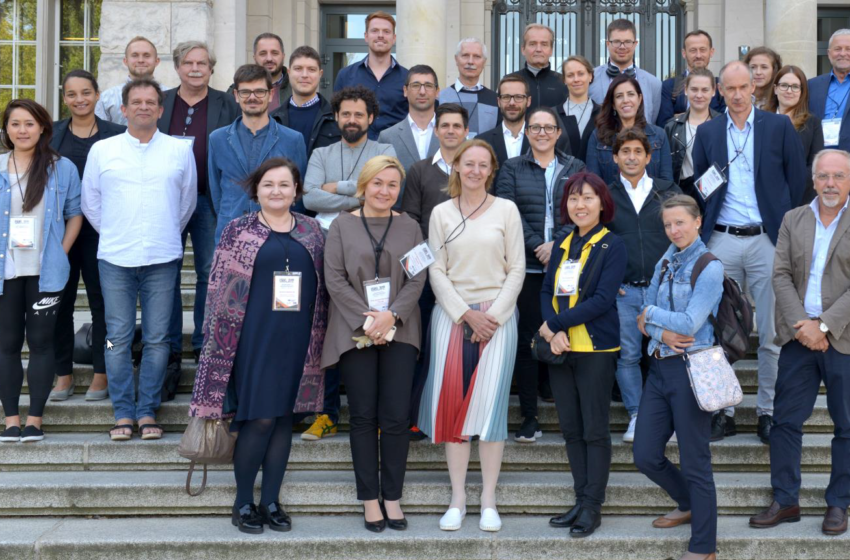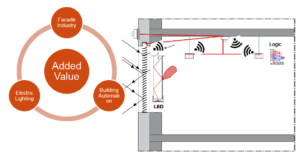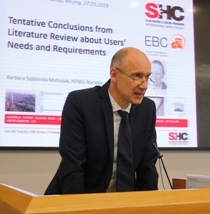#EnergyEfficientLighting: Dynamic research group publishes 16 reports
November 23, 2021
The success of highly energy-efficient lighting designs hinges on more than technological ingenuity. Other key make-or-break factors are smart control strategies and the interaction of lighting users with the built environment. Under the auspices of the IEA Solar Heating and Cooling Programme, both of these factors were now thoroughly analysed over the last 3.5 years by members of Task 61 Solutions for Daylighting & Electric Lighting, a collaborative effort of 55 experts from 37 research institutes, universities and businesses in 17 countries. In this news article, we will list some of the findings and reports published by this dynamic group of researchers.
Photo: IEA SHC Task 61
“Within Task 61, we have developed a new way of describing user impact,” said Jan de Boer, who leads Task 61 and works as a researcher at the Fraunhofer Institute for Building Physics – IBP in Stuttgart, Germany. After reviewing more than 100 scientific articles, the group put together 28 criteria on the perception and visual comfort of light, on the psychological aspects of lighting and the non-image forming aspect of vision (see the report Literature review of user needs, toward user requirements online).
The researchers also identified typical user groups for a number of building types, explaining people’s behaviour based on different criteria. The researchers’ aim was to paint a picture of different user personae as opposed to illustrating behaviour by numbers and statistics alone. Each persona was embedded in a narrative describing the behaviour of a group of individuals within a distinct setting. De Boer brought up the example of a typical office worker, who was even given a name and an identity in that story. Her typical working day is described in terms of what she is doing, what light sources, e.g. computer screens, surround her at work, what software programs she uses etc. A total of 26 personae will soon be available to design lighting systems based on a more holistic view of a user’s impact, i.e., their lighting needs and behaviour (see the report User perspective and requirements, coming soon).
Analysing 16 lighting control systems
Another major aim of Task 61 has been to identify promising lighting control solutions. They could minimise demand for electricity, better meet the needs of users and facility managers, and offer well-designed user interfaces. The first step in this process was to undertake a large survey among more than 100 professionals, most of them facility managers, to try to understand what influences their decision to implement and use lighting control systems (see the report Survey on opportunities and barriers in lighting controls online).
“Out of the large number of solutions available on the market, we chose 16 specific lighting control protocols – some wired and some wireless – and analysed their potential and barriers before we gave recommendations on how to smartly adjust them for high comfort and good energy performance,” explained de Boer (see the report Review of lighting and daylighting control systems online).
Another fairly future-proof aspect of Task 61 has been the application of new data models to simulate the sky. So far, daylight simulation tools have featured only monochromatic models. However, with non-visible spectral components coming more into play, colour simulations will be needed. According to de Boer, the new models are a big step forward and are linked to activities within the International Commission on Illumination (CIE). The report Spectral sky models for advanced daylight solutions (available for download) summarises the existing colour models and discusses three different simulation tools using them (LARK, ALFA and RADIANCE).

Altogether, the Task 61 research group plans to publish 16 reports. Sooner or later, all of them will be available for download from https://task61.iea-shc.org/publications
Selected Task 61 reports already available for download
Screenshot from https://task61.iea-shc.org/publications
Organisations mentioned in this news article:


